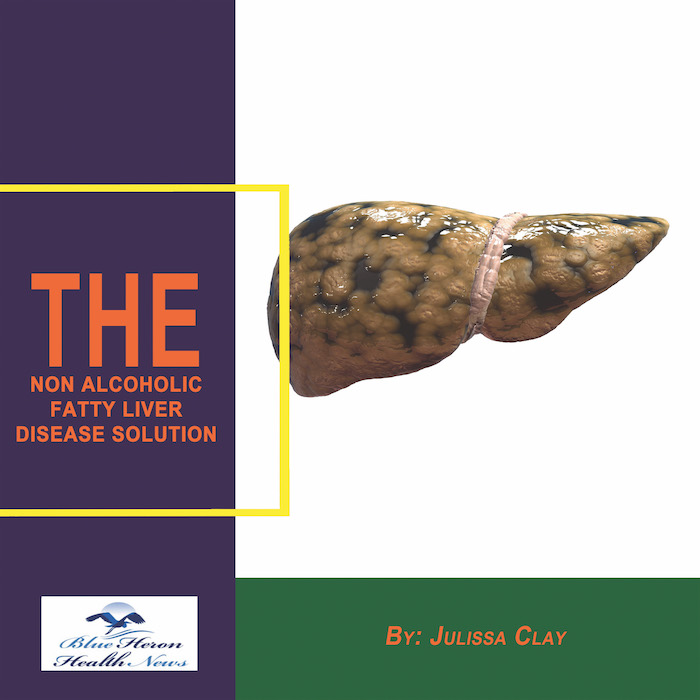
The Non Alcoholic Fatty Liver Strategy™ By Julissa Clay the program discussed in the eBook, Non Alcoholic Fatty Liver Strategy, has been designed to improve the health of your liver just by eliminating the factors and reversing the effects caused by your fatty liver. It has been made an easy-to-follow program by breaking it up into lists of recipes and stepwise instructions. Everyone can use this clinically proven program without any risk. You can claim your money back within 60 days if its results are not appealing to you.
What is the role of liver enzymes in diagnosing fatty liver disease?
The Role of Liver Enzymes in Diagnosing Fatty Liver Disease
Liver enzymes play a crucial role in diagnosing fatty liver disease (FLD) by indicating liver damage, inflammation, or dysfunction. Since FLD is often asymptomatic in its early stages, liver enzyme tests help detect the condition before it progresses to more severe forms like non-alcoholic steatohepatitis (NASH), fibrosis, or cirrhosis.
1. Key Liver Enzymes in Fatty Liver Disease Diagnosis
| Liver Enzyme | Full Name | Normal Range | Why It’s Important for Fatty Liver Disease |
|---|---|---|---|
| ALT (Alanine Aminotransferase) | 7-56 U/L | Most specific for liver damage. Elevated in NAFLD & NASH. | |
| AST (Aspartate Aminotransferase) | 10-40 U/L | Elevated in liver and muscle damage. High in alcohol-related fatty liver (AFLD). | |
| AST/ALT Ratio | AST ÷ ALT | <1 in NAFLD, >2 in AFLD | Helps differentiate NAFLD (<1) from AFLD (>2). |
| ALP (Alkaline Phosphatase) | 44-147 U/L | Increased in bile duct dysfunction or liver disease. | |
| GGT (Gamma-Glutamyl Transferase) | 8-61 U/L | High in alcohol-related liver disease (AFLD). |
2. How Liver Enzymes Help in Diagnosing Fatty Liver Disease
A. Detecting Liver Damage in Early Fatty Liver Disease (NAFLD & AFLD)
- ALT is typically elevated first in NAFLD, signaling fat accumulation and mild inflammation.
- AST rises when liver inflammation worsens, particularly in alcoholic fatty liver disease (AFLD).
- AST/ALT Ratio:
- <1 → Suggests non-alcoholic fatty liver disease (NAFLD).
- >2 → Strongly suggests alcoholic fatty liver disease (AFLD).
B. Identifying Progression to Non-Alcoholic Steatohepatitis (NASH)
- If ALT & AST continue to rise, it may indicate NASH, a more severe form of FLD involving inflammation and liver cell damage.
- AST levels often exceed ALT as liver damage progresses.
C. Assessing Advanced Liver Damage (Fibrosis & Cirrhosis)
- Extremely high AST, ALT, and ALP suggest fibrosis or cirrhosis.
- Low albumin and high bilirubin indicate severe liver dysfunction.
3. Liver Enzyme Patterns & What They Mean
| Enzyme Pattern | Possible Condition |
|---|---|
| Mild ALT & AST Elevation | Early NAFLD |
| ALT > AST | NAFLD (common pattern) |
| AST > ALT (Ratio >2:1) | Alcoholic Fatty Liver Disease (AFLD) |
| Elevated ALP & GGT | Bile duct or alcohol-related liver damage |
| Very High AST, ALT, ALP | Advanced NASH or cirrhosis |
4. What’s Next If Liver Enzymes Are Abnormal?
If liver enzymes suggest fatty liver, additional tests are needed:
✔️ Imaging: Ultrasound, FibroScan, MRI to assess liver fat & fibrosis.
✔️ Blood Tests: Lipid panel, fasting glucose, insulin resistance markers.
✔️ Liver Fibrosis Scores: FIB-4, NAFLD Fibrosis Score (NFS) to check for scarring.
Conclusion
Liver enzymes (ALT, AST, AST/ALT ratio, ALP, GGT) are key indicators of fatty liver disease, alcohol-related liver disease, and liver damage progression. While mild enzyme elevations suggest early fatty liver, persistently high levels can indicate inflammation (NASH), fibrosis, or cirrhosis.
Would you like guidance on how to improve liver enzyme levels naturally?
The Non Alcoholic Fatty Liver Strategy™ By Julissa Clay the program discussed in the eBook, Non Alcoholic Fatty Liver Strategy, has been designed to improve the health of your liver just by eliminating the factors and reversing the effects caused by your fatty liver. It has been made an easy-to-follow program by breaking it up into lists of recipes and stepwise instructions. Everyone can use this clinically proven program without any risk. You can claim your money back within 60 days if its results are not appealing to you